Your first backpacking trip is both an exciting and intimidating experience.
You’re excited because you’ll get to enjoy the beautiful scenery while improving your health but are also intimidated by the high amounts of planning required.
Other than buying gear and planning your route, you also have to think about your safety. You’ve previously heard of stories of backpackers who got lost or injured during their trips and don’t want to be a victim.
For your first trip, you want to be as safe as possible.
Which is why you’re reading this article.
In today’s post, we discuss 13 backpacking safety tips that you should consider to ensure your first trip is full of beautiful stories and no injuries.
Let’s get right into it.
Table of Contents
Before Hitting the Trail
Your backpacking experience begins even before you set foot on the trail. Taking precautions before you hit the trail is essential in helping to keep you safe. Here are some things to bear in mind when planning your first hike.
#1. Start Small
While the thought of several days hiking in the mountains has an almost primal appeal, it's essential to avoid being too ambitious. For your first time, choose a small local route that you can complete in one or two days.
#2. Do Your Homework
Before embarking on your first backpacking trip, do as much research as possible.
- What is the terrain like?
- What kind of specialized gear might I need?
- How remote or busy is the trail?
Online research using trail guides or hiking forums is an excellent place to start.
If your chosen route is part of a National Park, you can contact the relevant ranger service. They will be highly familiar with the trails and will give you detailed information and advice.
#3. Let Someone Know
Always tell someone close to you exactly where you are going and how long you plan to be gone. The trails can be unpredictable, and if something happens to you, someone will know where you are.
To make it easy for people to find you, download the What3Words app. With this app, it becomes easier for rescuers to pinpoint your location in case you get stranded.
And the best part!
The app works even without mobile data.
#4. Learn Basic Survival Skills
While this might not seem necessary for short trips, knowing survival and first aid skills will help if you run into unexpected problems. Some examples of these skills include:
- Knowing how to start a fire
- How to set up a tent
- How to treat blisters and other injuries
- How to read maps and use a compass.
#5. Establish an Emergency Plan
One thing to note about backpacking is that sometimes things don’t always go as planned. You might get injured or get trapped in a storm.
So, whether backpacking on your own or as part of a group, establishing an emergency plan can help, should anything go wrong. In addition to establishing a plan, ensure everyone in the group knows the plan before setting out.
#6. Plan Your Route
One of the most common mistakes rookie backpackers make is overestimating their hiking abilities. This overestimation often results in less rest time and may cause undue fatigue and injury.
When planning your route, decide on the minimum distance to cover each day, taking into account the terrain and weather. Ensure you also plan out rest stops and how much food and water you will need during the hike.
For such planning, make use of trail guides and maps.

Packing Your Gear
Packing the right gear for the conditions and terrain you expect on the hike is another crucial aspect of ensuring your safety during your trip.
#7. Pack the Ten Essentials
Before going on your first backpacking trip, make sure to pack the ten essential tools. Always make sure you have:
- Navigation; Compass, map, and some form of GPS
- Light; Headlamp or torch
- Sun protection; Hat, sunglasses, and sunscreen
- First aid kit
- Knife; Something like a Swiss Army knife
- Fire; A fire-lighting method such as a lighter or a strike-fire
- Shelter; Sleeping bag and tent
- Food; Include one extra day's supply that doesn't require cooking
- Water; Include a purification method like a filter or iodine tablets.
- Insulated Layers; Raincoat or extra-base layers
Even if you plan to share the lead with a friend, make sure you have your ten essential hiking tools. One way to ensure you don’t forget anything is by having a checklist. Check and counter-check the items several times to make sure everything works as it should.
#8. Dress for the Conditions
Take the seasons into account and keep up to date with expected weather conditions. Always carry a rain layer with you, especially in the mountains where conditions can change unexpectedly.
Other than a rain layer, protect yourself from the cold with an all-weather jacket.
Bring adequate sun protection, even if it's cold. When it comes to footwear, ensure that your footwear is capable of dealing with the hiking terrain.
To learn more about how to properly dress for different conditions, check out our article on what to wear for cold weather camping.
#9. Bring Extra Food and Water
Even if you are only on the trail for a couple of days, always bring at least an extra day's worth of food and water. This extra food should be something light and doesn't require cooking. Examples of such foods include nuts or energy bars.
Make sure you have enough water (at least 1 litre for every two hours of hiking). You can also choose to drink from water sources along the track. For this, make sure you bring at least two purification methods.

On the Trail
With all your gear ready, it's time to head out onto the trail. But there are still things you can do to ensure you stay as safe as possible while backpacking.
#10. Stay on the Trail
It's tempting to explore off the beaten track.
However, staying on the trail will keep you to your route plan and reduces the chances of getting lost. You'll also encounter other people if you stick to the trail, which could prove valuable in the event of an accident.
#11. Stay Alert
There may be risks of animal encounters or dangers such as landslides, avalanches, or flash floods in some areas.
Stay aware of your surroundings. While on the trail, make noises at regular intervals. This lets animals and other hikers know you are there. Unexpected encounters are often the ones that lead to accidents.
#12. Learn How to Navigate
Before leaving home, make sure you know how to read a TOPO and GPS map. When on the trail, regularly check your navigation with either a physical compass and map or a GPS device.
This helps keep you on the trail and meet your planned schedule. Be familiar with your method of navigation.
#13. Choose Campsites Carefully
If you are camping overnight and aren't able to use official campsites, choose your spots carefully. Check local regulations regarding wilderness camping and permits.
When pitching your tent, choose a safe area where you are unlikely to fall victim to falling trees, floods, or landslides.
Ensure Your First Backpacking Trip is Full of Beautiful Memories and No Injuries.
Backpacking should be a fun experience.
By following the tips outlined in this post, you can make sure that your first trip is full of beautiful memories and zero injuries.
If you have any questions or an extra safety tip for rookie backpackers, share it in the comment section below.
We’ll be happy to respond to any question or tip shared.
And if you’re in the market for high-quality well-designed hiking gear to help ensure your body and gear is protected, you can check out our online store here.
Onwards & Upwards - your friends at Northbound Gear!
Read more

One of the most important considerations when planning a winter or fall camping trip is your clothing. Before heading out, you need to have the right clothing for cold weather camping. In this post...
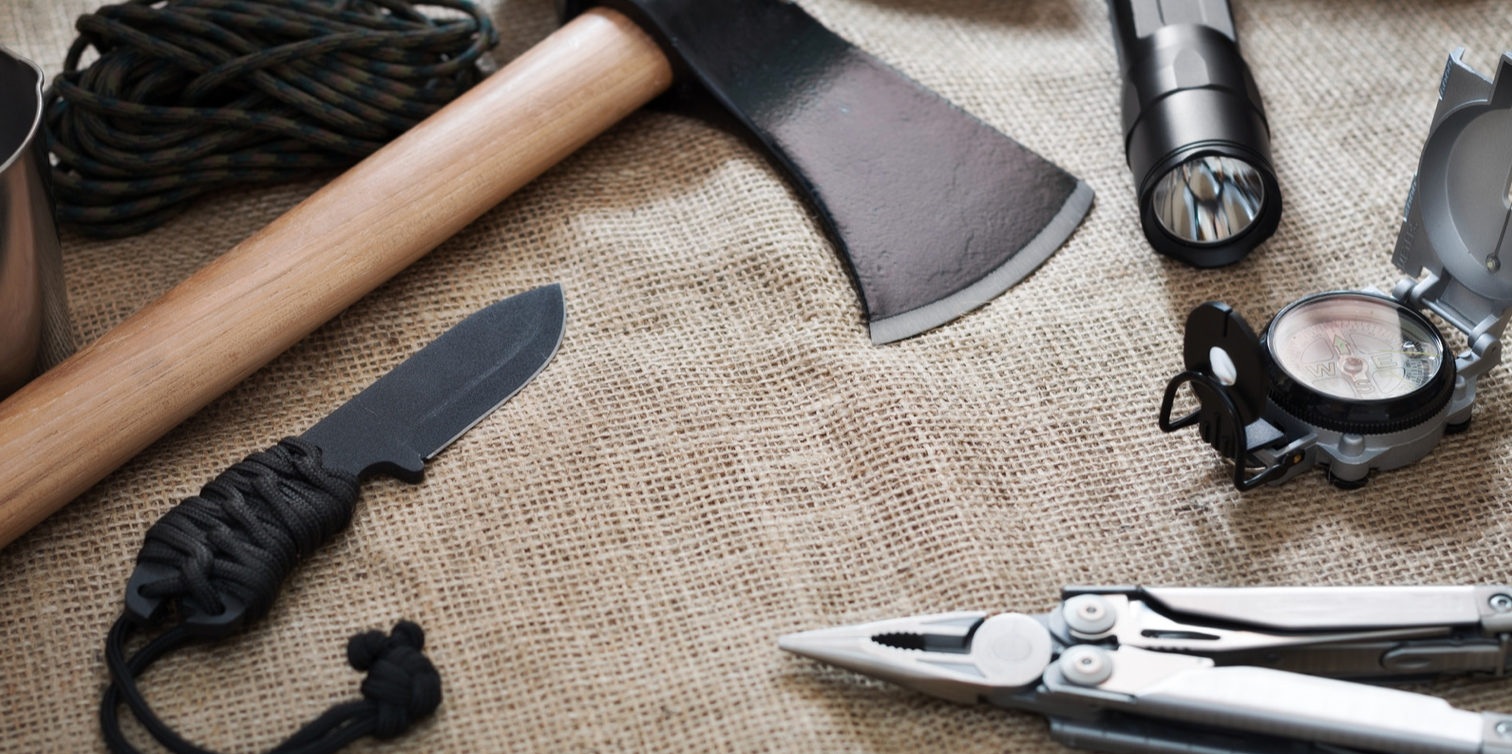
"The only real things in life are the unexpected things. Everything else is an illusion", Watkin Tudor James. This quote should be on your mind when planning a hiking trip. While it's good to be op...
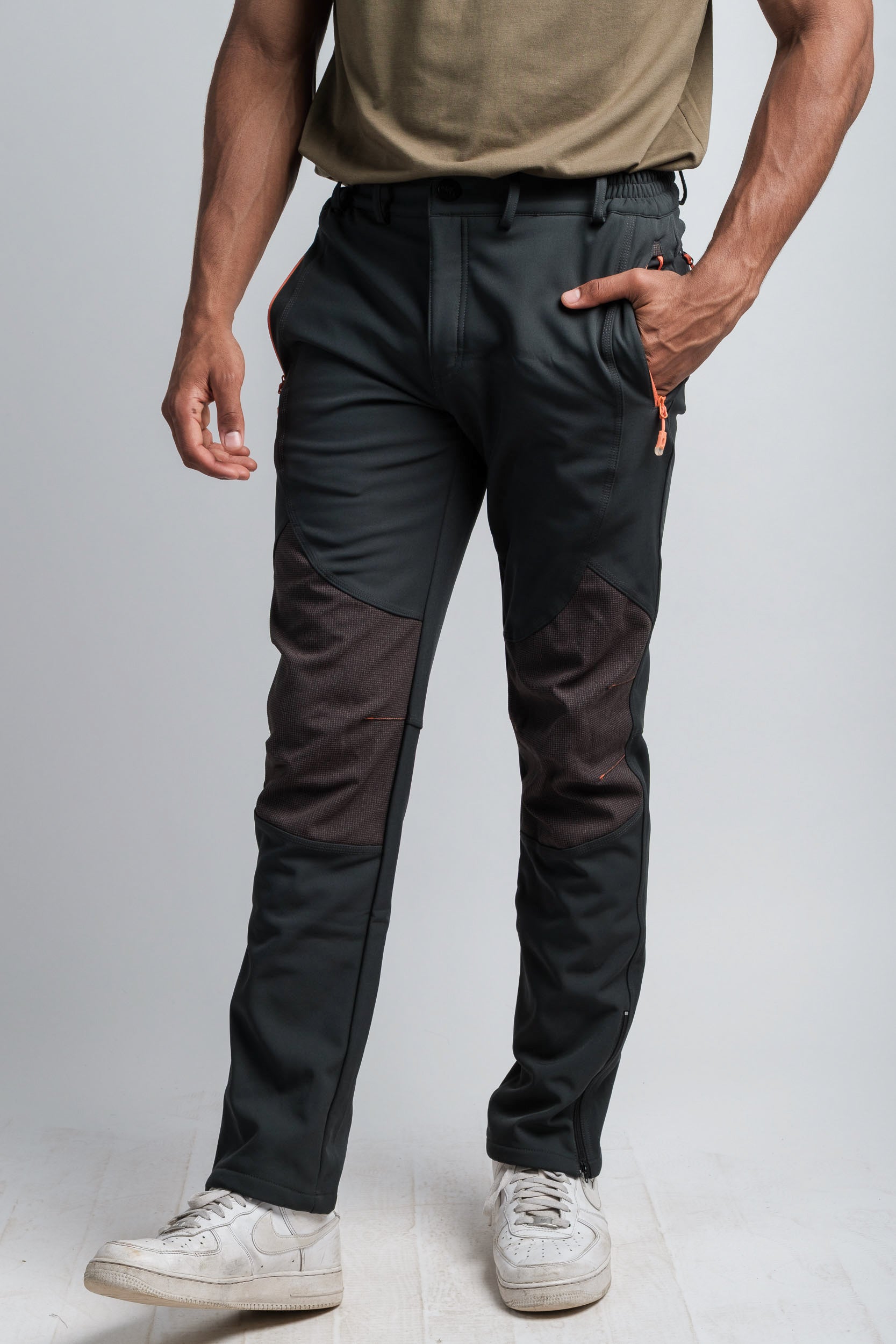
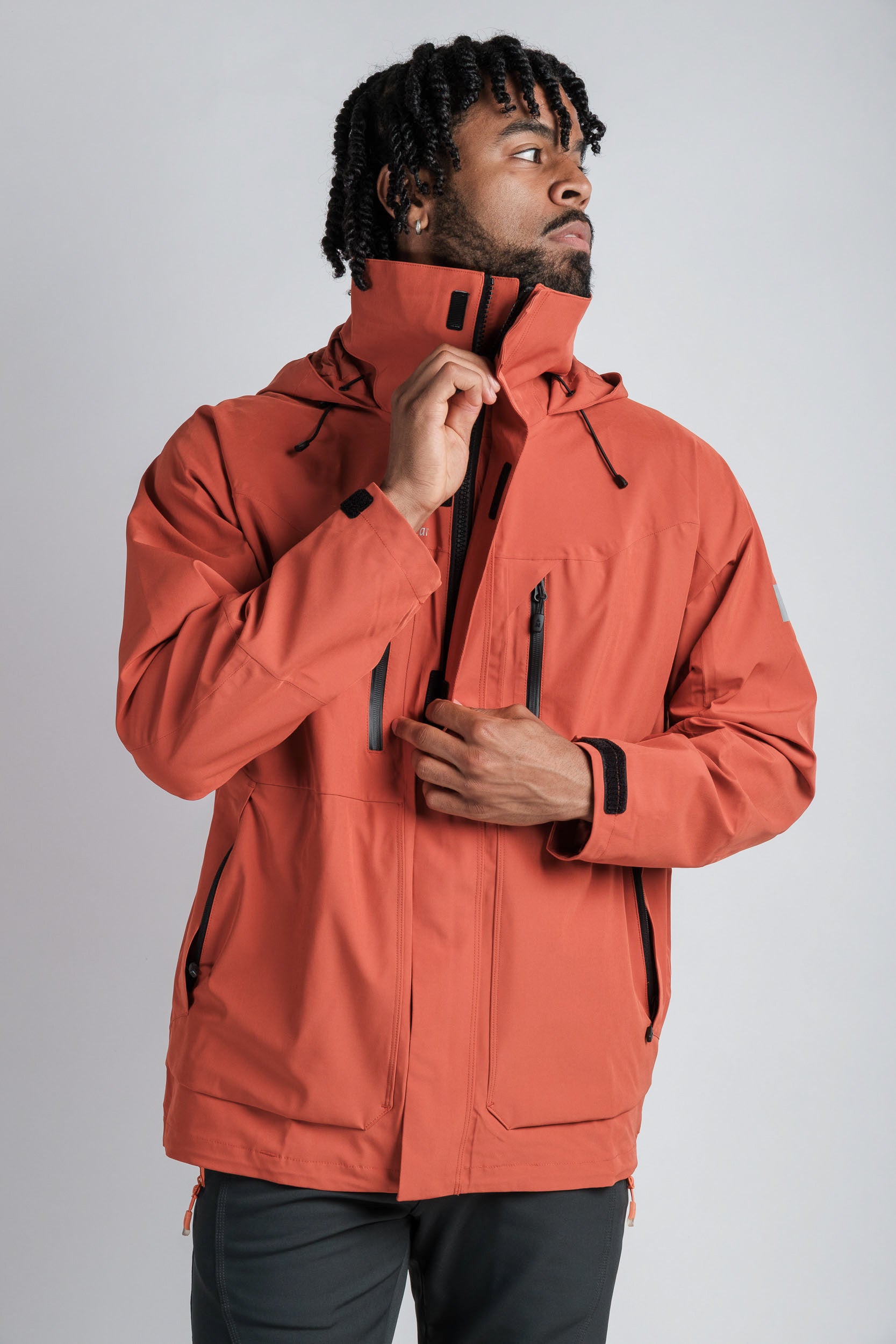
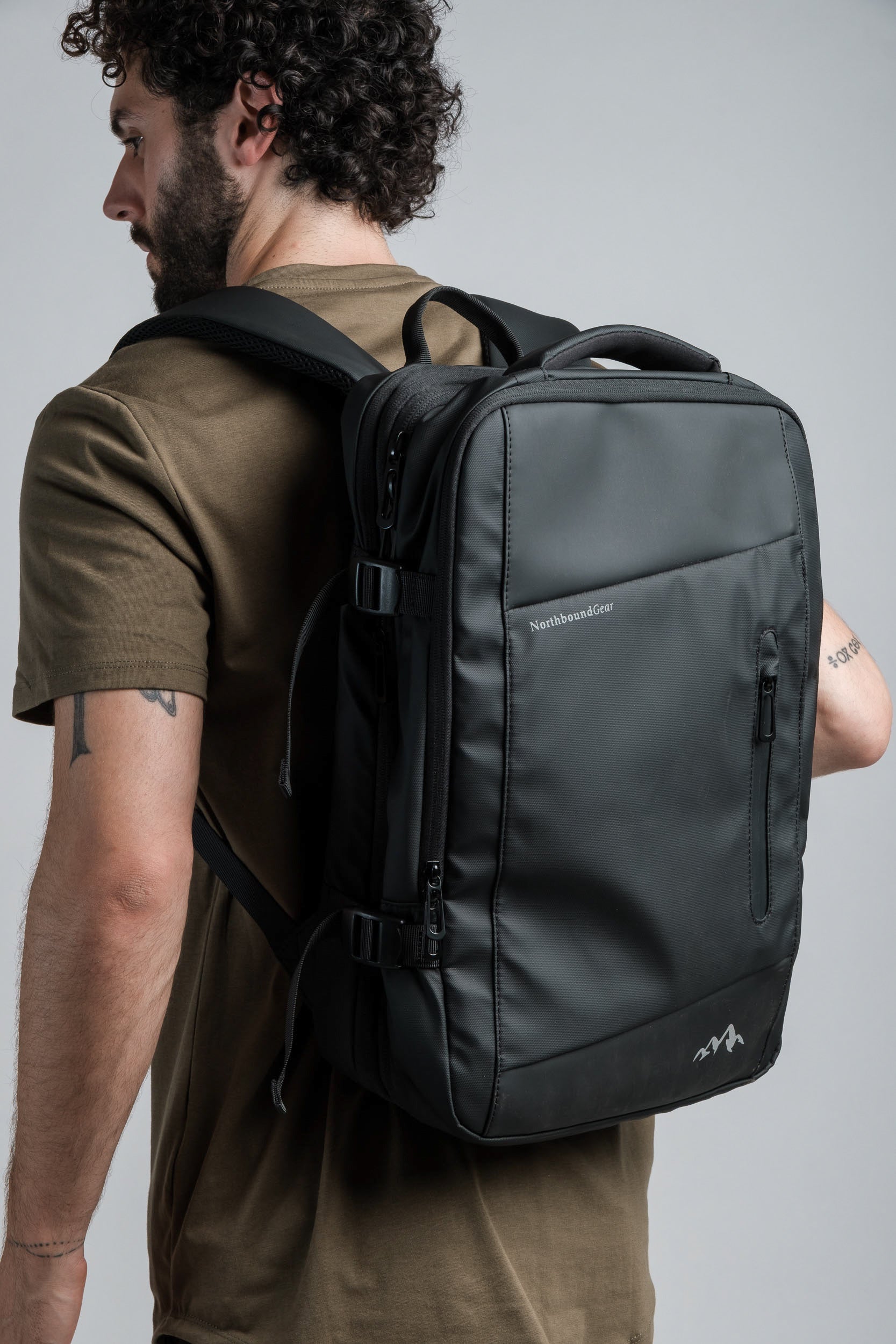


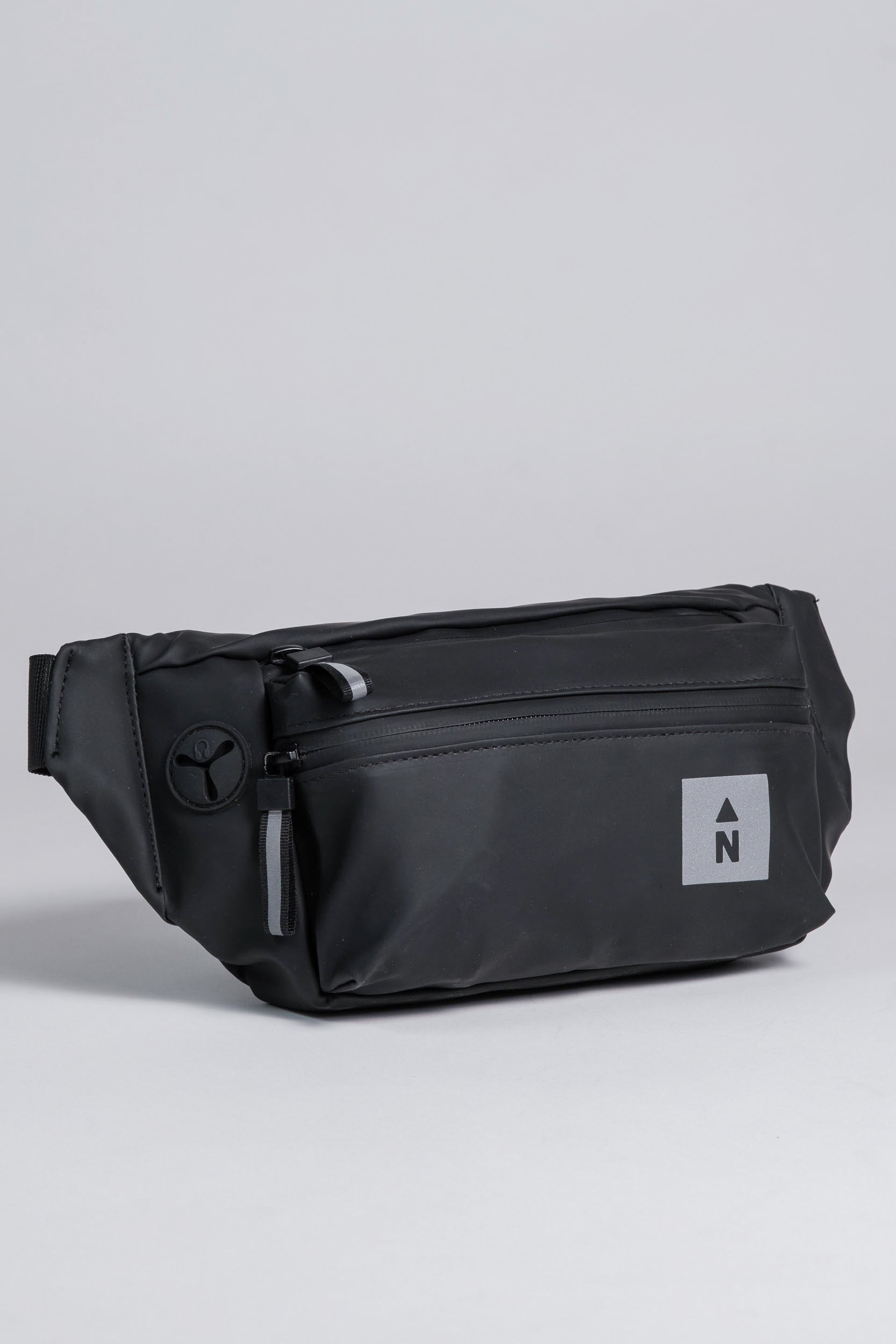
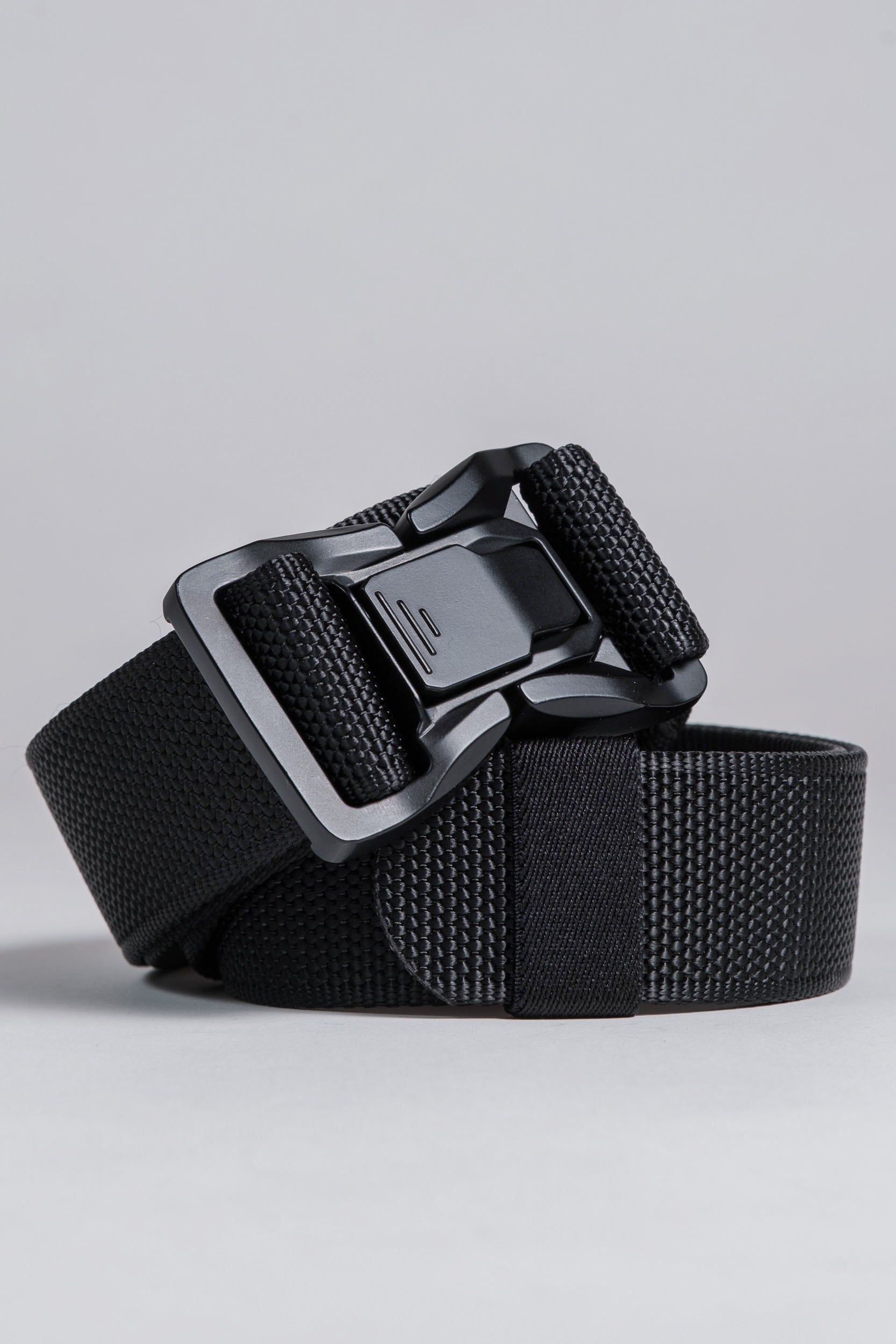
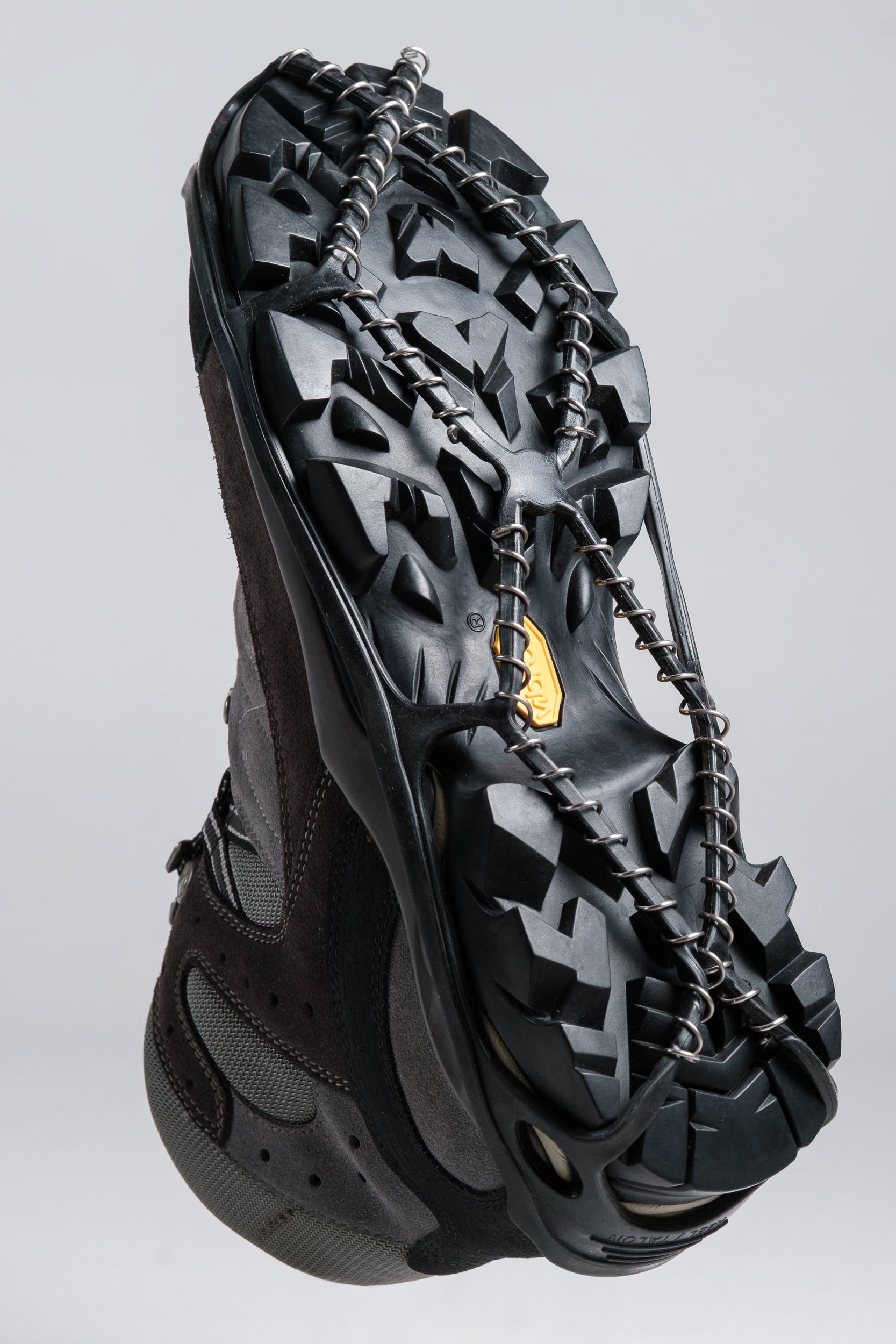
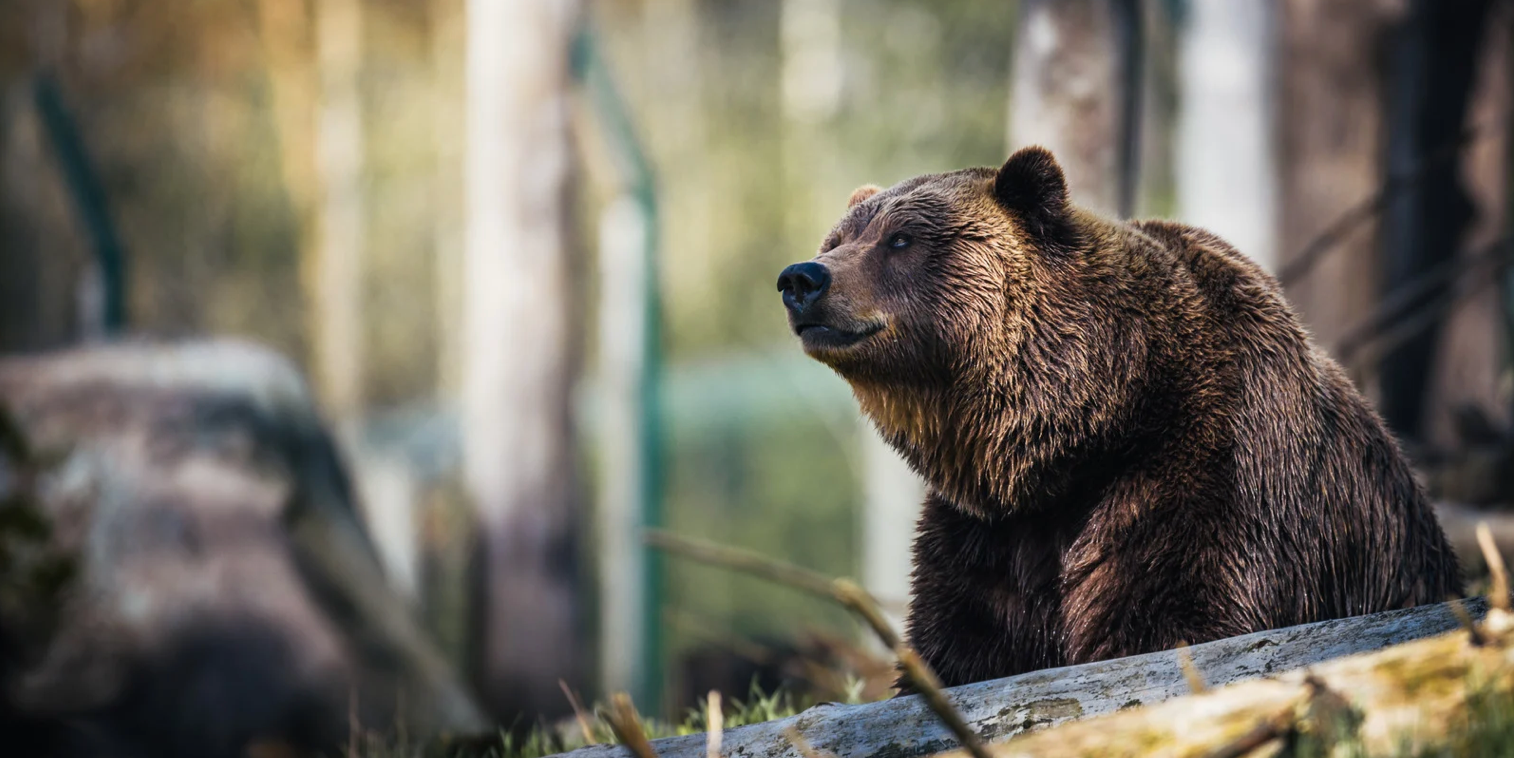
Leave a comment
All comments are moderated before being published.
This site is protected by hCaptcha and the hCaptcha Privacy Policy and Terms of Service apply.